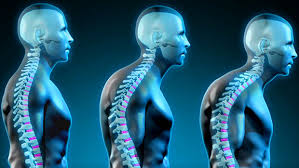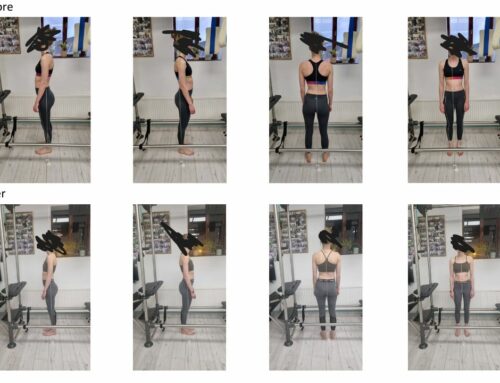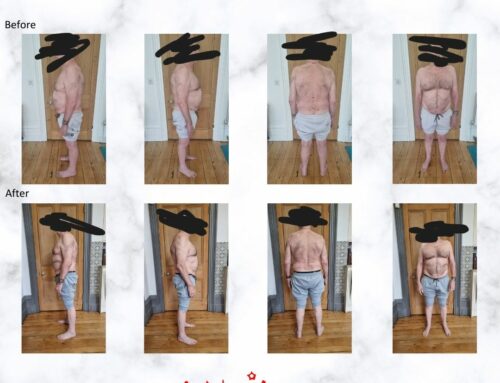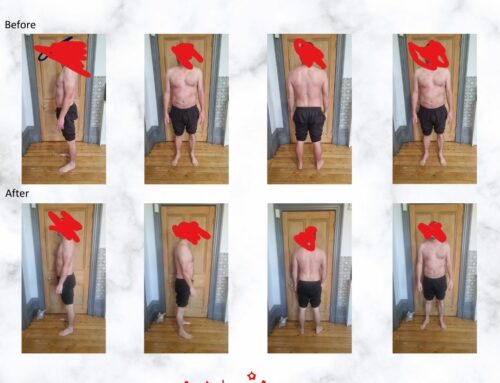Kyphosis, round shoulders does not necessarily mean you have fractures in the thoracic vertebrae. Sometimes these habits go all the way back to childhood when you sat slumped in your school desk or on the couch. Or you might have developed a slouching posture because you grew taller than your peers at an early age, so you might have felt self-conscious when standing up to your full height. It can also be linked to how we are feeling emotionally, as the sacred organ of the heart lies within the rib cage. Perhaps the people around you slumped and you’ve followed their habitual patterns.
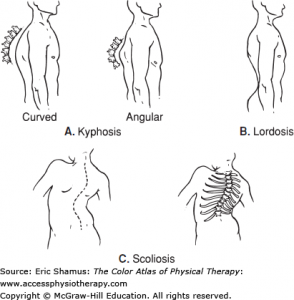
Dowager’s Hump can often accompany a kyphotic spine, this is the result of poor posture habits and the body lays down extra tissue as a protective method. Now, if your a keen sportsman or Pilates or Yoga practitioner you’re going to struggle with backbends. If your not careful backbends will simply increase mobility in the lumbar and cervical instead of finding space and non-compression in the thoracic spine.
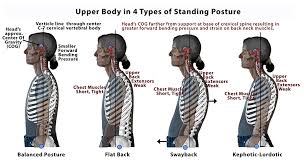
Unfortunately, it’s simply easier to slump, especially when you’re tired; slumping requires less muscle work. The good news is the Dowager’s Hump and kyphosis are not inevitable and can be corrected depending on the angle of degree with some changes
If you notice even a slight forward head posture, a rounded back and shoulders, and if you are having constant backaches for no apparent reason, you can take action now. Faulty breathing patterns, tiredness and increased PH and sympathetic dominance, as well as faulty muscle recruitment patterns, can all accompany this posture. Also, notice your chest, gravity pulls us to the floor at a speed of 9.8 m per squared so we are constantly battling not to go forwards.
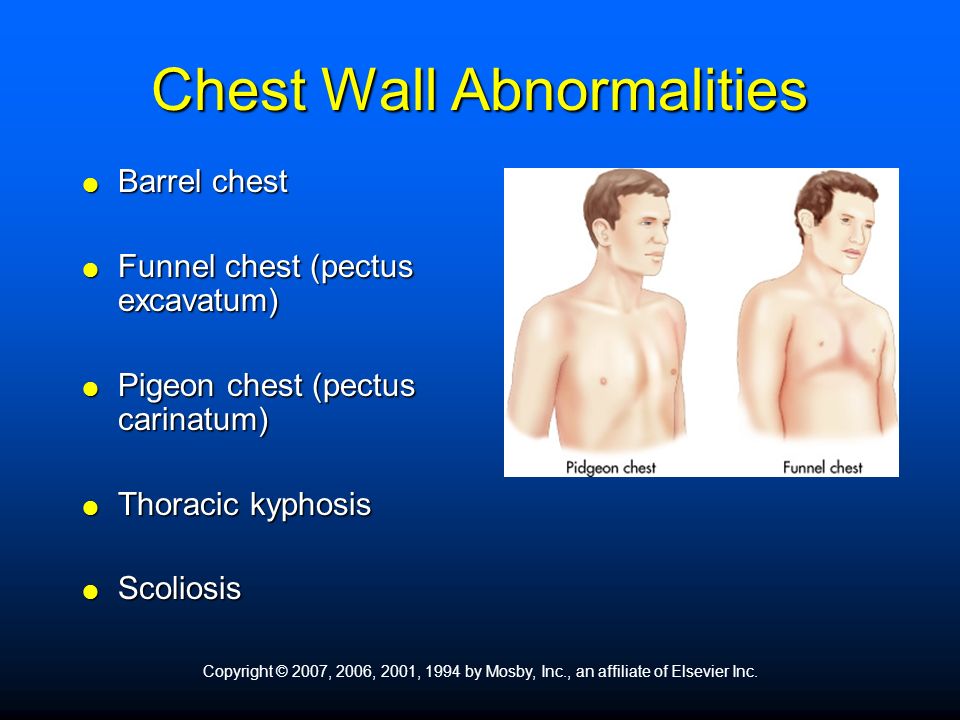 Now when doing any sort of sport, exercise, yoga or pilates the body will always find the least path of resistance and will always remember the last neural rep. So if you are moving with poor neural patterns and posture you will continue to stretch whats always stretched and strengthen whats already short and tight. This will actually increase your kyphosis. This is when a CHEK corrective exercise specialist comes in, with specific measurements before and after, not just one size or pattern of movement fits all.
Now when doing any sort of sport, exercise, yoga or pilates the body will always find the least path of resistance and will always remember the last neural rep. So if you are moving with poor neural patterns and posture you will continue to stretch whats always stretched and strengthen whats already short and tight. This will actually increase your kyphosis. This is when a CHEK corrective exercise specialist comes in, with specific measurements before and after, not just one size or pattern of movement fits all.
We are told typically to do lots of backbends to reverse kyphosis, however, that can worsen the situation. Karel Lovett tells us that the cervical and lumbar work together so if we’re not careful we will just increase mobility in those already mobile places whilst the thoracic spine will stay locked and compressed. A great exercise to do is to just lie on the foam roller for ten minutes each day and breathe, followed by playful stretching over a Swiss ball. This is a start on your rehab programme and then I will give you a specific program tailored to your needs.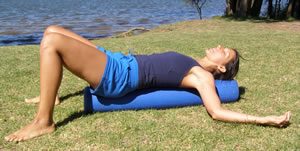
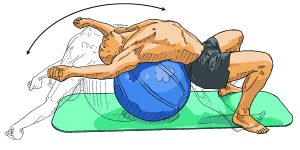
Think you need help, drop me an email for your complimentary telephone consultation.
Bibliography
“Eat, move and be healthy” – Paul Chek

